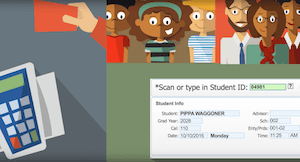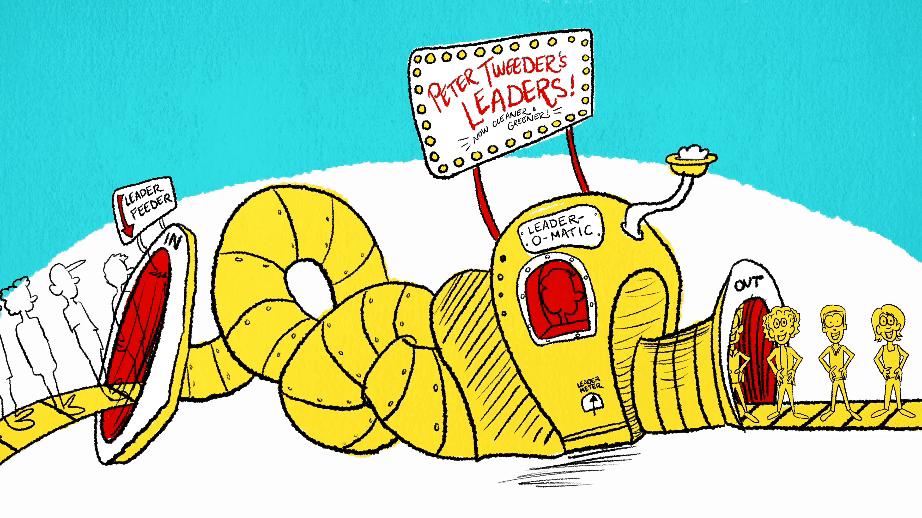What Keeps Boys from Reading and Girls from STEM? Stereotypes.
BY Erin Werra
When pondering the stereotypes girls face early on, there’s an equal but opposite reaction for their masculine peers. As we start breaking down barriers for girls in STEM, we cannot ignore the similar plight of boys in reading—a fundamental skill that builds upon itself in every subject.
What research tells us about stereotypes in the classroom
We know students have internalized opinions about performance in school subjects. A meta-analysis of studies including data from 145,000 students in 33 nations tell two notable truths:- By age six, kids already see girls as worse than boys at computing and engineering and
- Kids see girls as “far superior” in reading and writing by age eight, a belief that strengthens over time.
Read more about this meta-analysis and the biases it reveals from the American Institutes of Research.
What research tells us about our biases
This is a wonderful place to start as many people are quick to point out that equality has indeed evolved from where it once was. However, the biases at play here are implicit biases—that is, not deliberately decided upon, but “assumed to be so deeply embedded in society that they are resistant to change (Charlesworth, 2022).”Harvard researcher Tessa E. S. Charlesworth begins her findings with a quote by Walter Lippmann in 1922: “There is nothing so obdurate to education or criticism as the stereotype." It is the first modern usage of the word stereotype, borrowed from the technology of the 1920s and representing what a printing plate does: duplicates information to spread widely without change. Charlesworth set out to measure how gender stereotypes have changed over a specific decade (2007-2018 in this case).
The implicit bias of men matching with career and science while women match with arts and family, respectively, has changed over the decade for the better—that is, toward neutrality. However, certain regions in America have moved father from gender neutrality while other regions move toward gender neutrality. The target of eliminating harmful stereotypes is always moving, and students are suffering for it.
Do you hold implicit gender bias? Find out by taking a test designed to measure bias.
Why it matters if boys dislike reading and girls dislike math
Each child will be drawn toward their pet subjects. The trouble comes when adults’ deep-seated opinions begin to influence where their guidance leads students as a population rather than an individual. Because of their implicit nature, it’s difficult to even notice someone carries this sort of bias—in fact, people can have a very deliberate and well-constructed philosophy of equality and yet functionally make decisions that align with stereotypes without noticing. While malicious educators certainly exist, we are instead talking about well-meaning people trying to help all students succeed.Understanding the implicit bias exists is step one, but step two is figuring out why it even matters, anyway. In short, it matters because it’s a con, a trick, a hustle—and it limits the potential before a student can even decide their potential exists. While educators guide students along their path of learning to graduation (the realization of potential!) it is not for educators to narrow every other path to enrichment.
So it does matter if boys refuse reading because words and communication are girls’ jobs. It matters not only because the flip side sidelines girls from high-paying STEM gigs before they hit middle school, but because boys’ potential as storytellers and caregivers deserves to be recognized and encouraged. Boys’ voices deserve to be heard as much as girls deserve a chance to build a robot.
What can we do?
Start by examining your own explicit and implicit biases. It may be eye-opening! Remember, biases are not crimes—they are simply brain tricks your neurons have wired together over the years. Once you’re aware of bias, observe how they show up during day-to-day life in school. Just observe at first, because noticing is the first step to undoing bias. Soon, you’ll start to catch yourself and maybe even undo that implicit bias little by little. Be gentle with yourself during this process, because we are all trying our best to leave the world a better place.Who would have thought the ripples of a more equitable society can start in a library stocking Captain Underpants and other so-silly, gross-out titles boys might want to read?
Looking for a low-pressure, fun way to get kids engaged in reading AND STEM? Check out The Code Twins and get your free eBook.
WHAT'S NEXT FOR YOUR EDTECH? The right combo of tools & support retains staff and serves students better. We'd love to help. Visit skyward.com/get-started to learn more.

|
Erin Werra Blogger, Researcher, and Edvocate |
Erin Werra is a content writer and strategist at Skyward’s Advancing K12 blog. Her writing about K12 edtech, data, security, social-emotional learning, and leadership has appeared in THE Journal, District Administration, eSchool News, and more. She enjoys puzzling over details to make K12 edtech info accessible for all. Outside of edtech, she’s waxing poetic about motherhood, personality traits, and self-growth.




